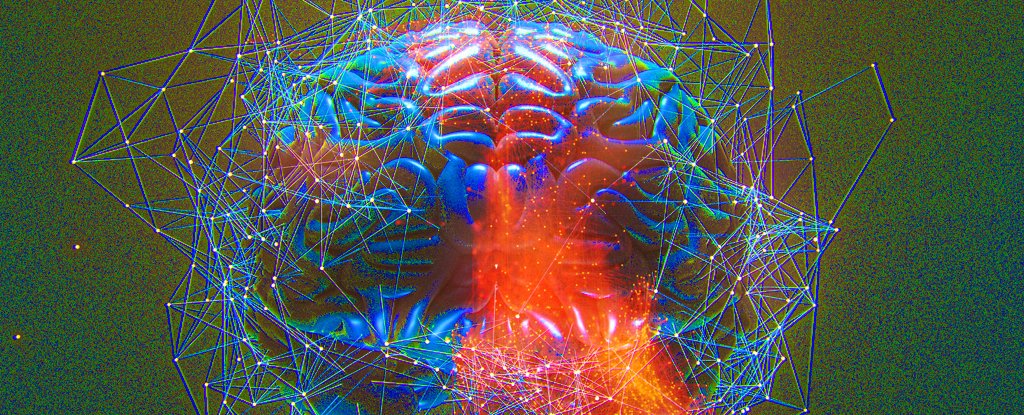Where does the mind “find” the brain? While there is no dearth of research on the effects of psychedelics, drugs like LSD still have a lot to teach us about the way the brain works – and may shed light on the mysterious interface between consciousness and neural physiology, research suggests .
In a new study that investigated the effects of LSD on volunteers, scientists found that psychedelic allows the brain to function in a way beyond what anatomy normally dictates, changing the states of dynamic integration and segregation in the human brain.
“The psychedelic compound LSD induces a profoundly altered state of consciousness”, explains the first author and neuroscience researcher Andrea Luppi, from the University of Cambridge.
“Combining pharmacological interventions with non-invasive brain imaging techniques, such as functional magnetic resonance imaging (fMRI), can provide information about normal and abnormal brain function.”
The new research fits into the study of dynamic functional connectivity – the theory that brain phenomena demonstrate states of functional connectivity that change over time, just as our stream of consciousness is dynamic and is always flowing.
As this happens, and the human brain processes the information, it has to integrate that information in an amalgamated form of understanding – but at the same time, segregate the information too, keeping separate sensory flows separate from each other, so that they can be manipulated by particular neural systems.
This distinction – the dynamics of brain integration and segregation – is something that is affected by psychedelic drugs and, with the advent of brain imaging technology, we can observe what happens when our regular functional connectivity is interrupted.
In the study, a group of 20 healthy volunteers underwent brain scans in two separate sessions, fifteen days apart. In one session, participants took a placebo before entering the fMRI scanner, while in the other slot, they received an active dose of LSD.
By comparing the results of the two sessions, the researchers found that LSD decouples functional connectivity from structural connectivity constraints, while altering the way the brain deals with the balance between integration and segregation of information.
“Our main finding is that the effects of LSD on brain function and subjective experience are not uniform over time,” says Luppi.
“In particular, the well-known feeling of ‘ego dissolution’ induced by LSD correlates with the reorganization of brain networks during a state of high global integration.”
Indeed, the altered state of awareness of the drug can be seen as an abnormal increase in the functional complexity of the brain – with the data showing times when the brain revealed predominantly segregated patterns of functional connectivity.
In other words, the ‘ego dissolution’ of a psychedelic journey can be your brain’s subjective experience increasing its segregation dynamics, decoupling the brain’s structure from its functioning – that is, its ability to integrate and amalgamate separate streams of information in a unified whole it is diminished.
“Thus, LSD appears to induce especially complex patterns of functional connectivity (FC) inducing additional decoupling of FC from the underlying structural connectoma, precisely during those times when the structural-functional coupling is already at its lowest level”, explain the authors in your article.
“Due to the effects of LSD, the brain is free to explore a variety of functional connectivity patterns that go beyond those dictated by anatomy – presumably resulting in unusual beliefs and experiences reported during the psychedelic state.”
The results are reported in NeuroImage.
